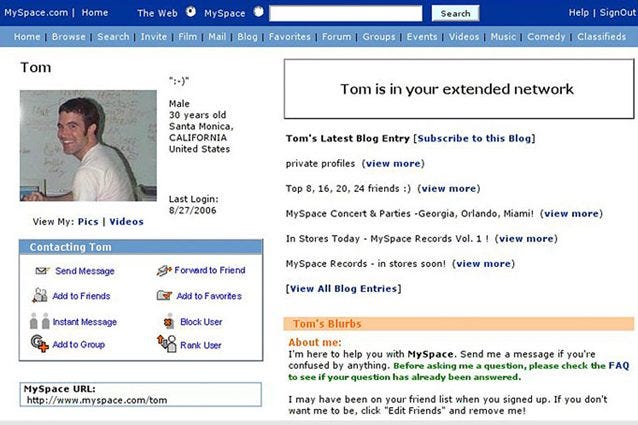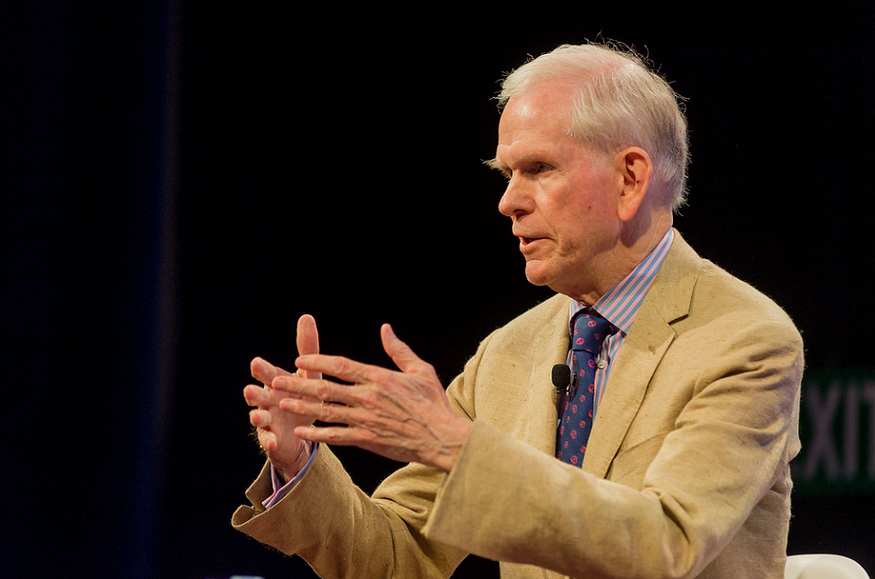On 12 October 1492 Christopher Columbus landed on the shores of an unknown continent. He probably landed in San Salvador, in the Bahamas archipelago, and from that moment the world was never the same.
The anniversary of the discovery of the Americas has been celebrated regularly since the 19th century. First of all from the United States with Columbus Day (on the second Monday of October), but also in Italy and Spain there are similar recurrences. Last summer, however, during the protests associated with the Black Lives Matter movement, the Columbus statues were damaged or demolished. As with other historical figures, it is becoming increasingly controversial to put on a pedestal who would be tried today for crimes against humanity, or rather the ruthless exploitation of the populations who already inhabited those lands.
In proclaiming Columbus Day 2020, Donald Trump described the explorer in heroic tones, and attacked the “radical activists” who would threaten his memory. He also recalled that his administration has taken steps to promote patriotic education in schools, purged of divisive and revisionist concepts. More and more American cities, however, are turning against this tradition, and instead choose the counter-celebration of Indigenous Peoples Day.
Statues or not, the Columbus that someone celebrates every year is more legendary than real. About two centuries ago the United States rediscovered the story of Columbus, interpreted it in their own way, and crafted a national hero. That of the great civilizer is probably the most inconvenient and therefore most discussed legend, but it is certainly not the only one.
Christopher Columbus against the flat earthers
The myth of Columbus owes a great deal to the 1828 book History of the life and travels of Christopher Columbus. Written by Washington Irving, the author of The Legend of Sleepy Hollow, it looks like a biography. In reality it is more of a hagiography, and as such it takes a lot of liberties.
For example, Irving wrote that in 1486 Columbus presented his plans to reach the Indies to a commission of scholars, assembled in a convent in Salamanca. The sovereigns of Spain would have financed the trip only if Columbus had convinced them. However, the Genoese’s plans presupposed the sphericity of the Earth: only in this way could the Indies be reached by sea. The learned, however, did not follow science, but the Scriptures: the Earth was flat, so the plan made no sense.
In fact, at the time all educated people, religious and otherwise, had known for hundreds of years that the Earth was spherical. However, it was not known how big it was, and that is why the sages actually rejected the plans: they thought (rightly) the goal was too far away. The resounding success of Irving’s (ridiculous) invention probably derives from the widespread but erroneous conception of an intellectually sterile and bigoted Middle Ages, ready to clip the wings of heroes like our imaginary Columbus.
Columbus’s egg (?)
We usually imagine Columbus as a genius, but of a very practical kind. He was first of all an entrepreneur trying to get rich. This is why the egg anecdote seems to fit him perfectly. One day Columbus was at a party in Spain, and of course there was talk of the Indies. A guest told him that even if he hadn’t found them (at the time they were still convinced), some Spaniards would have done so, since there was no shortage of talented people there. Columbus then had an egg brought and challenged those present to make it stand upright. Faced with their failure, Columbus took the egg and beat it on the table, breaking one end slightly: now the egg was standing.
The moral: it is convenient to say that a company is taken for granted, after someone has completed it for the first time. A perfect story, but did it ever happen? The episode is told for the first time in the book Historia of the new world (1565), by Girolamo Benzoni. 59 years had already passed since the navigator’s death, and since the book cited no sources it is wise to take it with a grain of salt. But above all, as the mathematician and skeptic Michael Gardner noted, a similar story had appeared 15 years earlier in The Lives, Giorgio Vasari’s collection of artist biographies.
In this case it is the architect Filippo Brunelleschi (who died in 1446) who theatrically straightened the egg, in the same way. Brunelleschi would thus have proved to the city and the rival architects that he is the only one worthy of the job. They had asked him to see the model of his strange dome proposed for the Florence cathedral, but if he had shown his plans, anyone could have built it. Just like anyone would know how to set up an egg after learning the trick. Nothing prevents both Colombo and Brunelleschi from actually being protagonists of similar episodes, but given the circumstances it is perhaps wiser to admit that it is an urban legend.
Christopher Columbus and the sirens
On 9 January 1493 Christopher Columbus wrote in his diary (of which only the summary by Bartolomé de Las Casas survives) that the day before he had seen three sirens. He was near the future Dominican Republic, and he saw the creatures well enough to judge that they weren’t half as beautiful as they painted them. He also wrote that he had seen them previously, in West Africa.
What had Columbus seen? We can’t know for sure, but for many it’s likely they were manatees. Manatees, like their dugong cousins, are not by chance part of the Sirenia order. In fact, it is thought that in some sightings the sirens were none other than these placid herbivores. This should also have been the case in Columbus’s case, and the hypothesis is reinforced by the fact that the same type of animals were also found in the coastal seas of West Africa.
However, we must resist declaring the mystery solved: sirens have been seen everywhere (even where there were no manatees). People were programmed to see them from mythology, and to a lesser extent, it still happens. It is not said that behind every alleged sighting there was always something, and it is not even said that that something was an animal in flesh and blood.
Columbus’s UFO
During the first voyage of Christopher Columbus another apparently paranormal episode occurred. On 11 October 1492, the day before landing, Columbus and others saw a light around the ship, which they had not been able to identify. In the hands of ufomaniacs, these records have often been treated as a UFO sighting of the time completely comparable to modern ones, and treated as proof of the existence of alien activity.
As the folklorist Garth Haslam explains on his website, the spell is broken by going back to the sources, that is, to the copy of the diary written by de Las Casas. The meaning attributed to the light is clear: they thought it was on land, which they knew was close. In fact, they compared it to a candle that was raised and lowered, not exactly the behavior of a spaceship. Whatever it was, the UFO hypothesis is a deliberate forcing of the facts.
However, Christopher Columbus also had a problem with the compass. Centuries later this detail entered the legends of the Bermuda triangle. As in the case of the UFO, the episode was distorted. In the diary it is well explained: the crew noticed that the north indicated by the North Star no longer coincided with that indicated by the compass. They were frightened, but Columbus knew it was normal at the Equator. To prove it was all right, he told them to check the compass using the position of the setting sun. Subsequent sources, starting with Irving’s biography, recounted the episode in an extreme way, as if Columbus himself feared that nature itself was against the expedition. From there to the Bermuda Triangle, the step was short.
Did you know all this facts about Christopher Columbus ? Let me know in the comment.
Thank you for reading.
Wero









